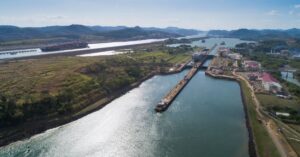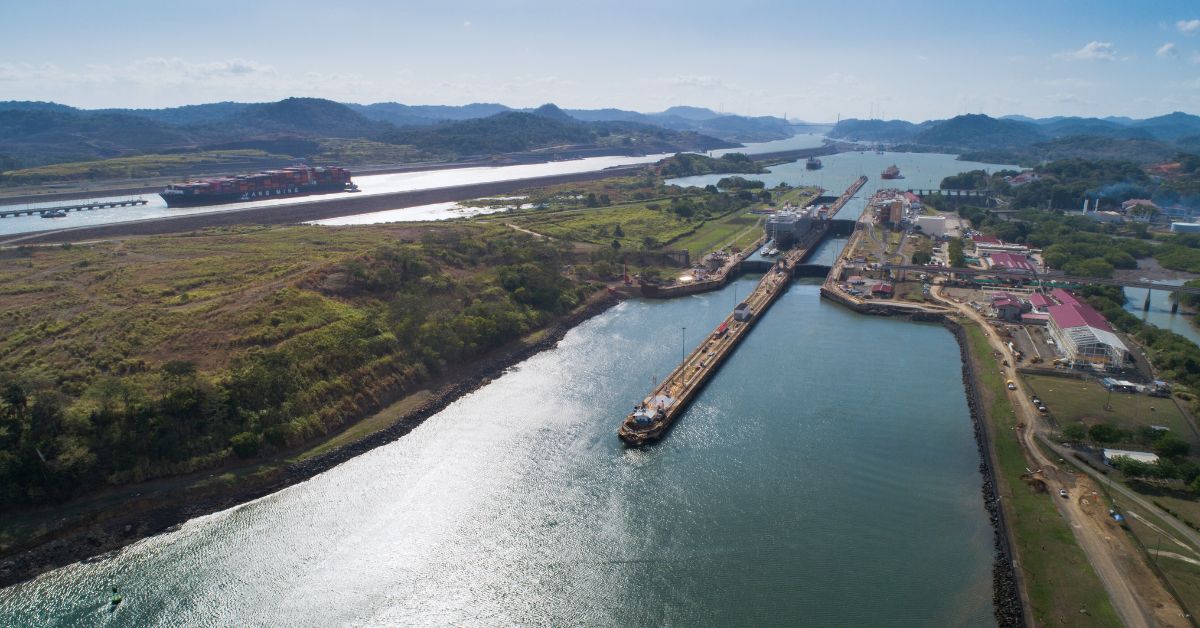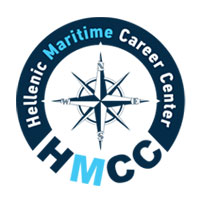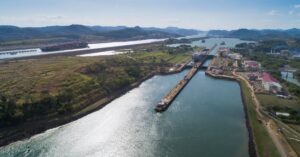
Chinese Seafarer Falls Off Bulk Carrier At Paradip Port, Search Underway
September 6, 2025
Chinese Hospital Ship ‘Silk Road Ark’ Sails On Its Maiden Overseas Mission
September 6, 2025

Panamanian President José Raúl Mulino met with over 40 representatives from Japanese shipping companies.
In this meeting, he laid out his new Panama ship registry strategy aimed at upholding its global leadership through improved safety standards and offering fully digitalised processes.
He said that Panama’s registry is strengthening its position as the flag of the future, propelled by new policies aimed at maritime safety, efficiency and protecting the environment.
In this plan, Japan’s role is important since 7 out of 10 Japanese shipowners fly the Panamanian Flag and 41% of its tonnage is registered under Panama.
For Panama, positioning itself as Japan’s preferred registry is important as 66% of new shipbuilding comes from the Japanese market.
President Mulino also said that, unlike other ship registries, Panama’s Flag is not just a franchise but a national emblem backed by the weight of the state.
He also revealed plans to modernise the registry and bring the entire maritime activities under the National Maritime Strategy.
His administration envisages a flexible, streamlined and user-friendly Maritime Authority that would for the entire maritime community, especially Japan, he added.
In this meeting, the President was joined by Panama Maritime Authority’s (PMA) Administrator, Luis Roquebert and Merchant Marine Director Ramón Franco.
Roquebert said that Panama’s history of maritime trade goes back to ancient times and the creation of its ship registry in the early 20th century, along with the construction of the Panama Canal, further solidified its position.
He said that the Panama Maritime Authority had diversified its services and offered integrated solutions in more than 50 countries. He expressed gratitude to their partners and the employees for their technical, legal and diplomatic support.
Merchant Marine Director Ramón Franco presented “The Panamanian Ship Registry: Renewing Our Strategy for a New Era,” outlining Panama’s new direction and the competitive advantages it offers.
He stated that the government’s focus is on –
- A safer fleet and reducing accidents
- Completely digital and streamlined processes
- Younger fleet with policies to phase out old, high-risk ships
- Strict inspections and pre-checks to ensure only compliant vessels can fly the Panamanian flag
- Maintain the trust of industry stakeholders and leaders
Franco also outlined Panama’s role as the first ship registry to implement compulsory traceability of ship-to-ship transfers, a part of the strategy to modernise the fleet by slowly phasing out older ships and aligning with IMO’s decarbonisation goals for 2050.
As of August 2025, the Panamanian Ship Registry has 8812 ships totalling 241.5 million gross tonnes, representing 14% of the global fleet, per Clarksons Research’s World Fleet Monitor.
Franco said that the new registry has already begun to deliver positive results by reducing accidents. A 13% rise in newbuilding registrations compared to 2024 was also reported.
He concluded by addressing the Japanese shipowners that Panama’s registry comes with the backing of a country which promises to provide stability, a strong banking system, special economic zones, incentives for foreign investment, best logistics hubs and the Panama Canal.
Source: Maritime Shipping News


